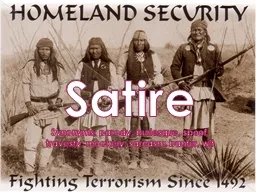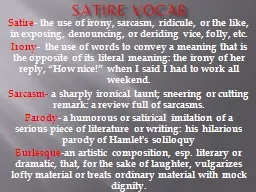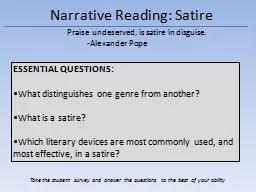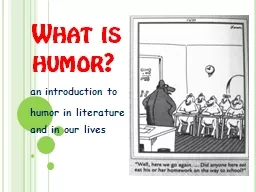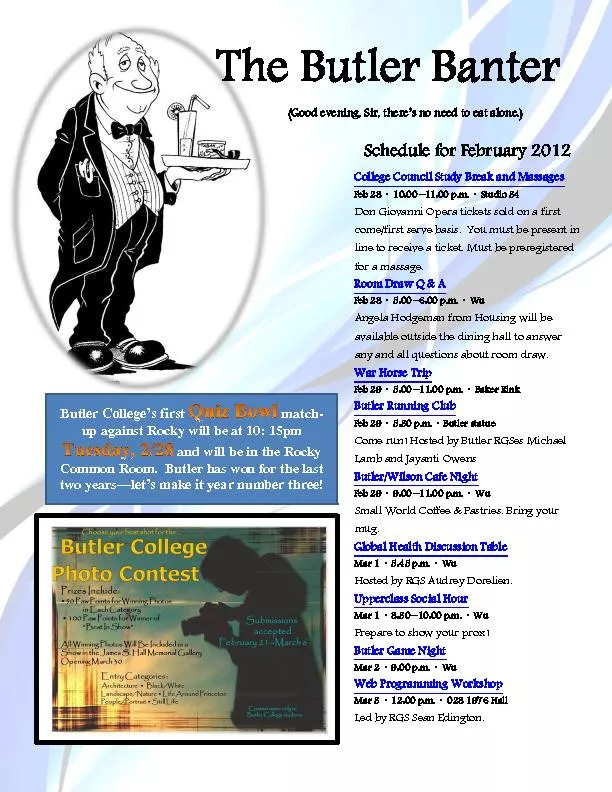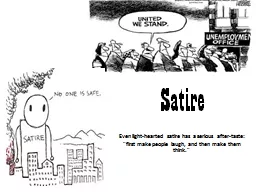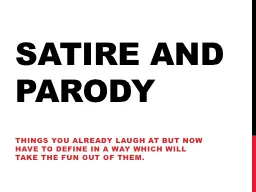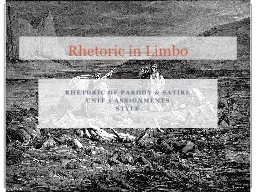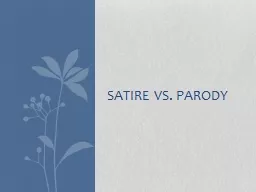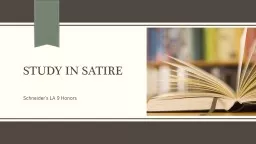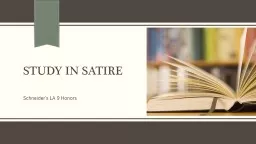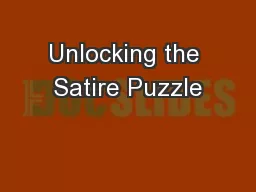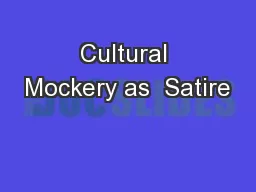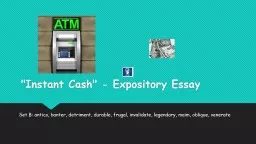PPT-Satire Synonyms: parody, burlesque, spoof, travesty, mockery, sarcasm, banter, wit
Author : test | Published Date : 2018-09-25
What is Satire Satire Noun a literary tone used to ridicule or make fun of humans A text written or visual that uses irony or wit to expose or attack human vice
Presentation Embed Code
Download Presentation
Download Presentation The PPT/PDF document "Satire Synonyms: parody, burlesque, spoo..." is the property of its rightful owner. Permission is granted to download and print the materials on this website for personal, non-commercial use only, and to display it on your personal computer provided you do not modify the materials and that you retain all copyright notices contained in the materials. By downloading content from our website, you accept the terms of this agreement.
Satire Synonyms: parody, burlesque, spoof, travesty, mockery, sarcasm, banter, wit: Transcript
Download Rules Of Document
"Satire Synonyms: parody, burlesque, spoof, travesty, mockery, sarcasm, banter, wit"The content belongs to its owner. You may download and print it for personal use, without modification, and keep all copyright notices. By downloading, you agree to these terms.
Related Documents

